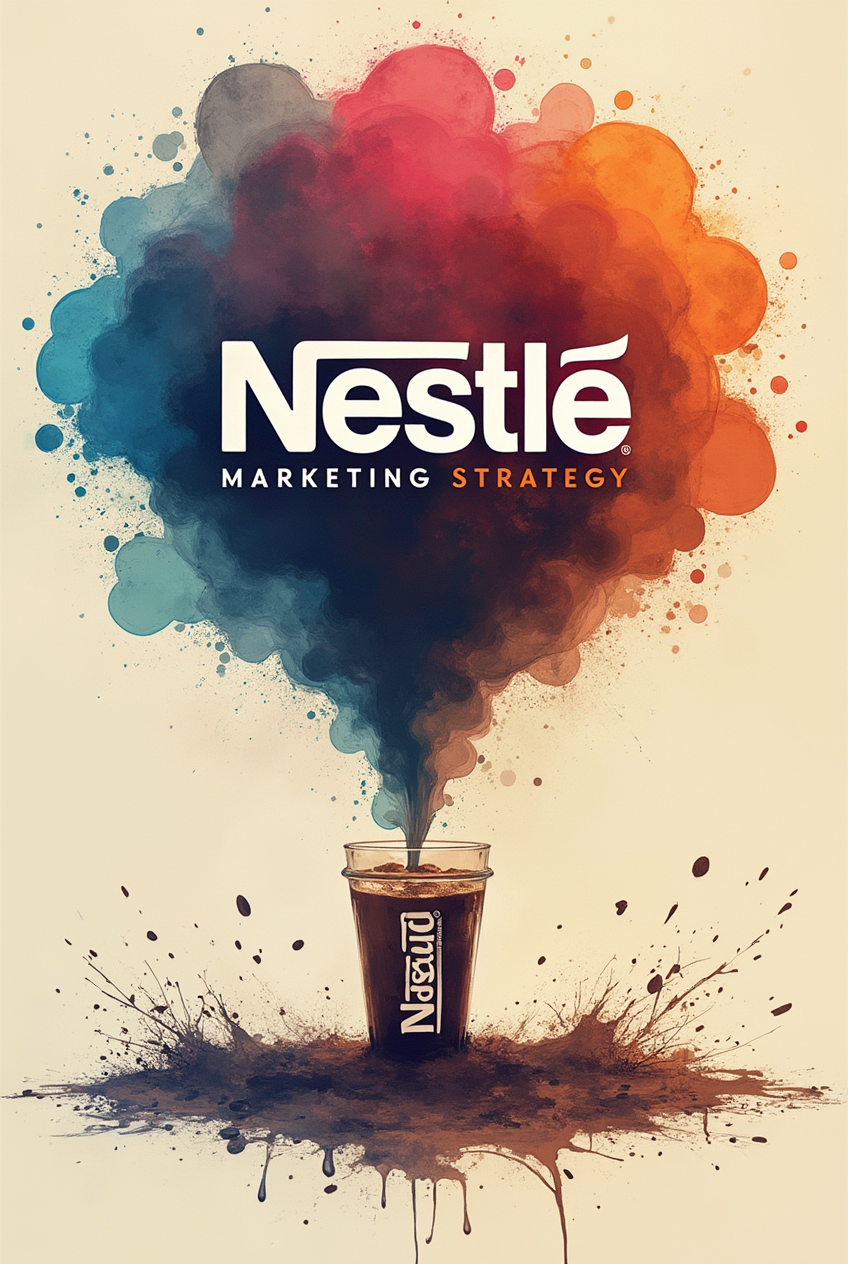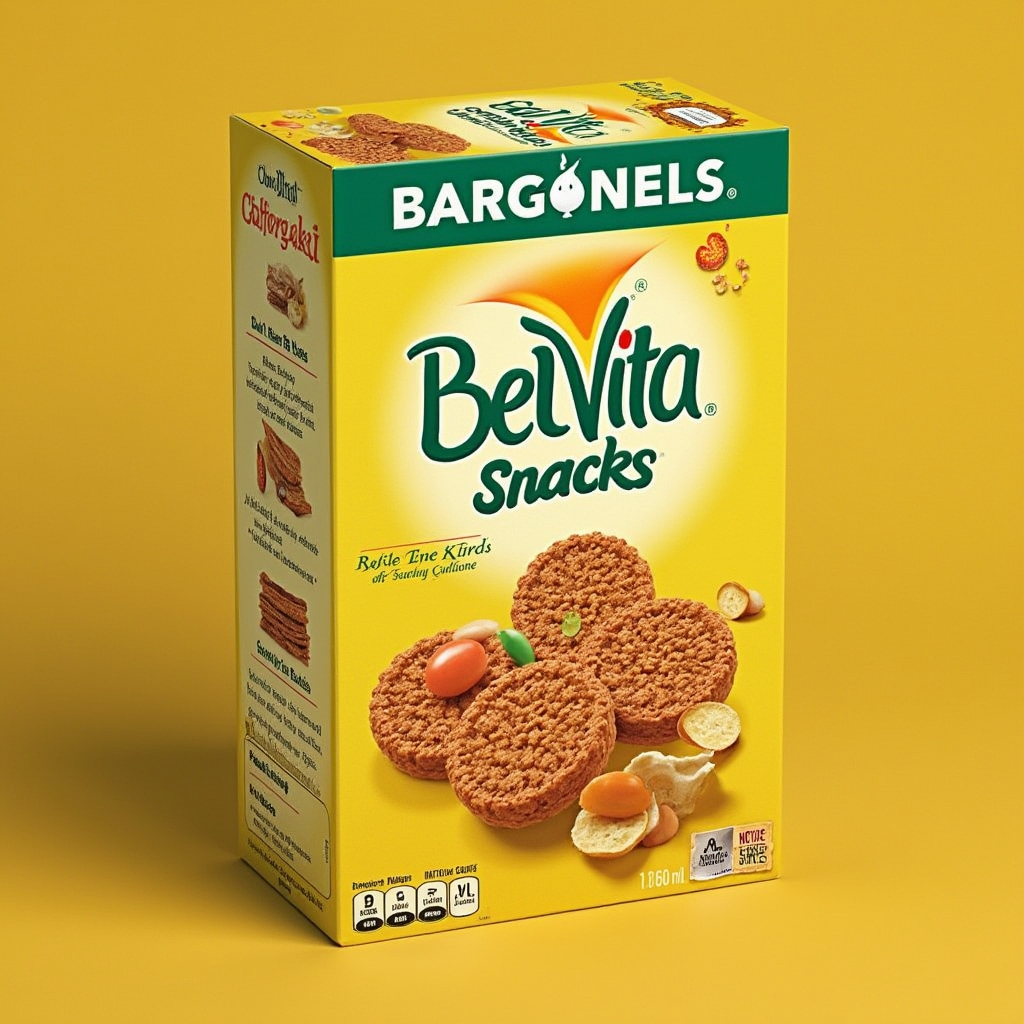Car advertising has evolved into a dynamic marketing tool, blending tradition with digital innovation. Whether it’s billboards, car wraps, or the latest online ads targeting car buyers, this form of advertising plays a pivotal role in brand promotion. This article delves into the importance of car advertising, explores various strategies, highlights trends, and demonstrates how businesses can leverage this form of advertising to drive growth.
Table of Contents
1. What is Car Advertising?
Car advertising refers to the marketing strategies that involve the promotion of vehicles or using vehicles as an advertising medium. These campaigns can be directed at selling cars, promoting services, or branding using vehicles as mobile billboards. There are two major types:
- Direct car advertising: Ads that promote the sale of cars (e.g., TV commercials for the latest car models).
- Vehicle-based advertising: The use of vehicles (either private or commercial) as moving billboards with car wraps, decals, or other signage.
2. The Importance of Car Advertising
Car advertising, both traditional and modern, offers numerous benefits:
- Wide reach: Whether through TV, radio, or digital platforms, car ads can target massive audiences.
- High visibility: Vehicle-based ads offer constant visibility, creating brand awareness wherever the car travels.
- Cost-effective: Car wraps, for instance, can serve as long-term advertising solutions that generate leads at a relatively low cost per impression.
- Targeted advertising: With the integration of data analytics and location-based marketing, car ads can be tailored to reach specific demographics or local audiences.
3. Traditional Car Advertising Methods
Before the digital age, car advertising was dominated by more traditional media. Some of these methods remain highly effective today.
A. Television and Radio Commercials
TV and radio have long been key mediums for car advertising. These platforms allow brands to reach broad audiences and create memorable ads using storytelling, music, and striking visuals.
B. Billboards and Print Ads
Outdoor advertising, such as billboards, remains a strong presence in car advertising. Placing ads in strategic locations such as highways ensures that they capture the attention of commuters. Print media (magazines, newspapers) also contributes, though its role has diminished in recent years.
C. Event Sponsorships
Sponsoring car-related events like auto shows, races, or even sports events is another traditional form of advertising. It builds brand association with an audience already interested in cars.
4. Modern Car Advertising Techniques
With the rise of the internet and social media, car advertising has taken new shapes, allowing for more personalized and interactive experiences.
A. Digital Ads and Social Media Campaigns
Platforms like Facebook, Instagram, and YouTube offer car manufacturers and dealerships an opportunity to run highly targeted ads. These ads can be designed for specific demographics, geolocations, and interests, ensuring the right audience is reached.
B. Influencer Marketing
Automotive influencers and car enthusiasts on platforms like YouTube and Instagram have become key players in car advertising. These influencers often review cars, test new models, and collaborate with brands to promote their offerings to dedicated fanbases.
C. Search Engine Optimization (SEO) and Paid Ads
Many car dealerships use SEO to improve their online presence and reach potential buyers searching for new cars, used cars, or specific models. Google Ads and pay-per-click (PPC) campaigns also offer a direct way to generate leads by targeting specific car-related keywords.
D. Connected Cars and Digital Integration
Some car brands now offer digital dashboards with integrated ads. For example, smart cars might feature ads on their navigation systems or in-car screens, giving advertisers another medium to reach drivers directly.
5. The Role of Car Wrap Advertising
One of the oldest yet most effective forms of car advertising is the use of car wraps. This method turns any vehicle into a mobile billboard.
- Cost-effectiveness: Car wraps are a one-time investment that can generate long-term exposure.
- Targeted reach: Businesses can strategically place these wrapped vehicles in high-traffic areas to maximize impressions.
- Non-intrusive advertising: Car wraps are visually appealing but do not disrupt the consumer’s experience like a TV commercial might.
6. Trends in Car Advertising
Car advertising has seen several significant trends over the past few years:
A. Eco-Friendly Advertising
Brands are increasingly focused on environmentally conscious consumers. Electric cars and hybrid vehicles often emphasize their sustainability in their advertising campaigns. Advertisers also prioritize eco-friendly ad materials and techniques, aligning with green marketing strategies.
B. Augmented Reality (AR) in Showrooms
AR is becoming a key player in car advertising, allowing potential buyers to visualize how a vehicle would look in their driveway or even take a virtual test drive from the comfort of their homes.
C. Customizable Digital Experiences
Many car brands are now offering highly personalized experiences online. Users can customize and “build” their own cars on websites before making a purchase. These interactive tools also allow users to see 360-degree views of the interior and exterior of a vehicle.
D. Data-Driven Advertising
With data analytics, car ads are becoming more personalized than ever. Advertisers can now track users’ behaviors and preferences online, tailoring ads to suit their specific interests, whether it’s a new luxury sedan or a family-friendly SUV.
7. How Car Advertising Boosts Business Growth
Car advertising plays a significant role in the sales funnel, leading potential buyers through the awareness, consideration, and purchase stages. Here’s how it benefits businesses:
A. Brand Awareness
Car ads are designed to grab attention, making people aware of a new model or a car-related service. Even those who are not actively seeking a vehicle can be influenced by repeated exposure to car advertisements.
B. Driving Sales
With effective advertising, car dealerships and manufacturers can drive potential buyers to their showrooms or websites, converting interest into sales.
C. Long-Term Customer Relationships
Post-sale advertising, such as offering maintenance services, loyalty programs, and car upgrades, can help maintain long-term relationships with customers, encouraging repeat business.
8. Best Practices for Creating Effective Car Ads
To create compelling car ads, whether for digital or traditional platforms, consider the following tips:
- Understand your audience: Research your target market and craft ads that resonate with their preferences.
- Use high-quality visuals: Whether it’s a TV ad or a social media post, visual appeal is critical in car advertising.
- Incorporate storytelling: Emotional storytelling, like highlighting a family’s journey with their car, can create a stronger connection with viewers.
- Be consistent with branding: Make sure your brand’s logo, colors, and messaging remain consistent across all ads for better recall.
- Utilize call-to-action (CTA): Encourage viewers to take action, whether it’s visiting a website, test-driving a car, or calling a dealership.
Conclusion
Car advertising has come a long way, evolving from traditional billboards and TV commercials to data-driven digital campaigns. By staying up-to-date with current trends and leveraging both traditional and modern strategies, businesses can boost brand awareness, reach new customers, and drive significant growth. Whether you’re a car manufacturer or a local dealership, effective car advertising can significantly impact your bottom line.










